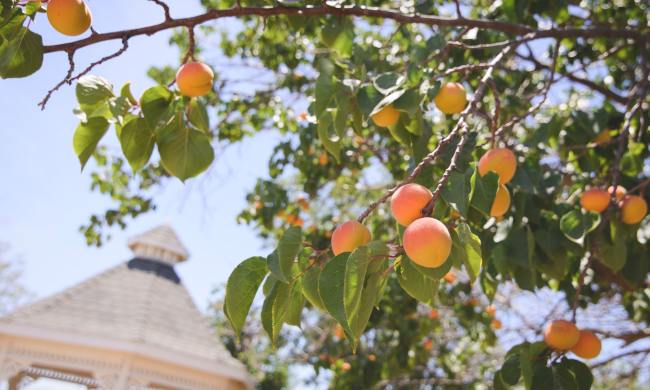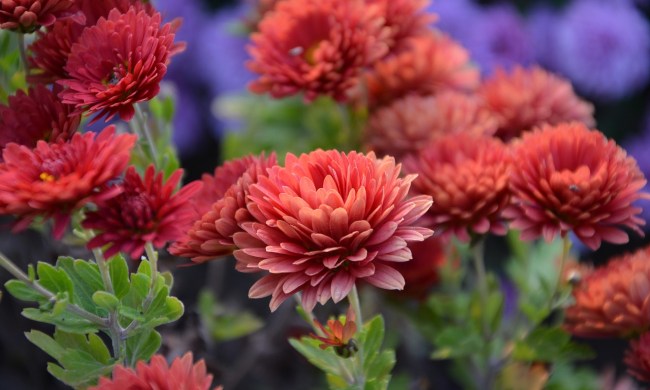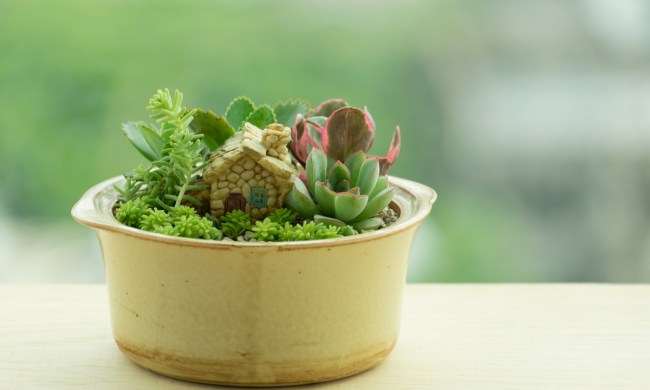
In early spring, monarch butterflies start to migrate north from Mexico, and there’s a chance you could see them in your own yard. While there are many flowers you can plant for a beautiful butterfly garden, there’s one flower in particular that draws monarch butterflies: milkweed. To learn all about planting and caring for common milkweed, as well as why monarchs love this flower, keep reading!
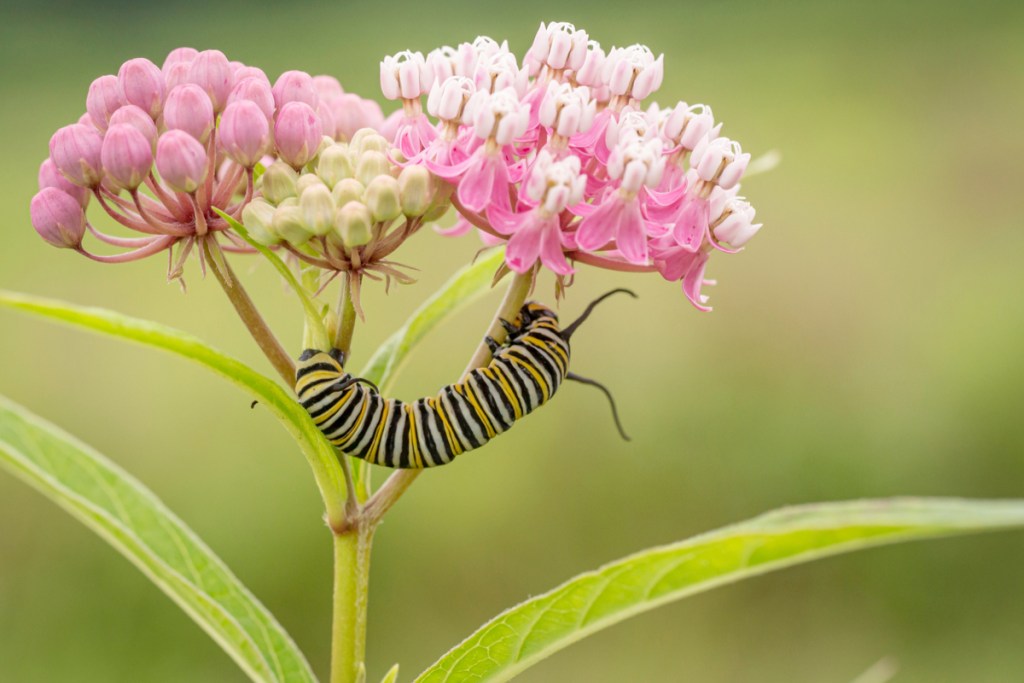
Why are monarchs attracted to milkweed?
Milkweed is an essential plant for monarch butterflies. They lay their eggs on milkweed leaves, and the monarch caterpillars only eat milkweed. Without these flowers, monarch caterpillars don’t have any food and can't mature into monarch butterflies.
Unfortunately, milkweed is a threatened species of plant, and it is even considered endangered in some states. Since there are fewer milkweed plants, adding milkweed to your garden can have a large impact. Monarchs appreciate any variety of milkweed, but they seem to prefer common milkweed and swamp milkweed.
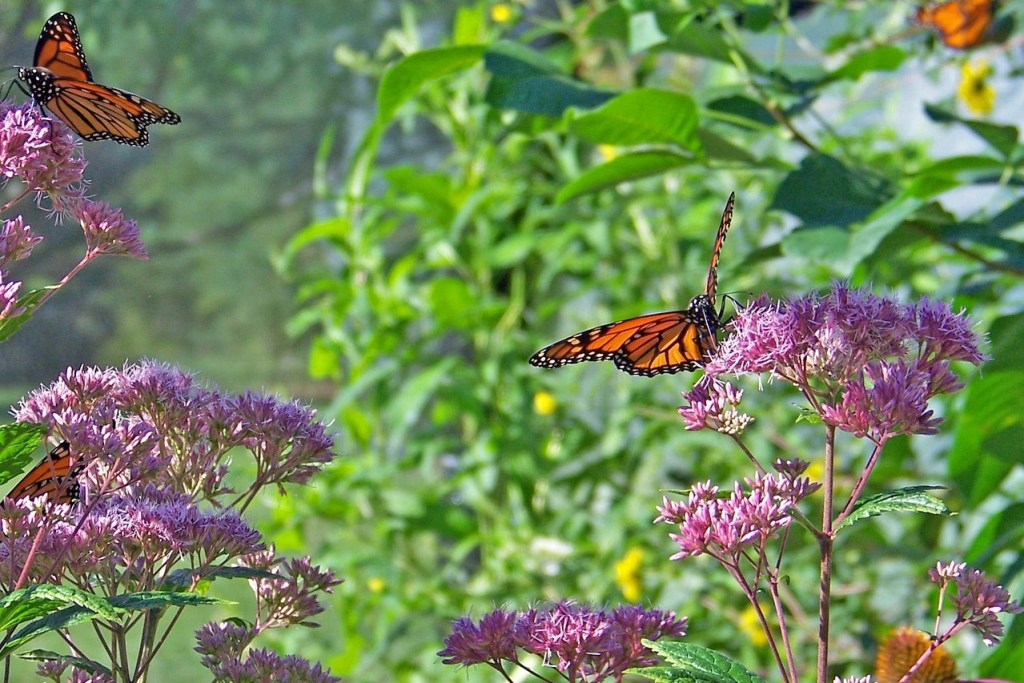
Planting common milkweed
Follow these steps to plant common milkweed:
Step 1: Wrap the milkweed seeds in a moist paper towel or damp soil in a sandwich bag.
Step 2: Place the wrapped seeds in the refrigerator for one to three months.
This process is called cold stratification. It simulates winter, and it is necessary for germination. Note that this is only necessary when planting common milkweed in the spring. You can skip this step by planting milkweed in the fall.
Step 3: Choose an area with full or partial sun.
Step 4: Use average garden soil.
Common milkweed will grow in a range of soils, including those with some clay. If your soil contains a large amount of clay or has poor drainage, then swamp milkweed is the better option.
Step 5: Dampen the ground before planting.
This helps the seeds stick to the ground and gives them a jumpstart on germinating.
Step 6: Scatter the seeds across the area.
Like most wildflowers, you don’t need to plant the seeds individually, but you can if you prefer an even, orderly appearance.
Step 7: Scatter a thin layer of soil, roughly 1/4 an inch, over the seeds.
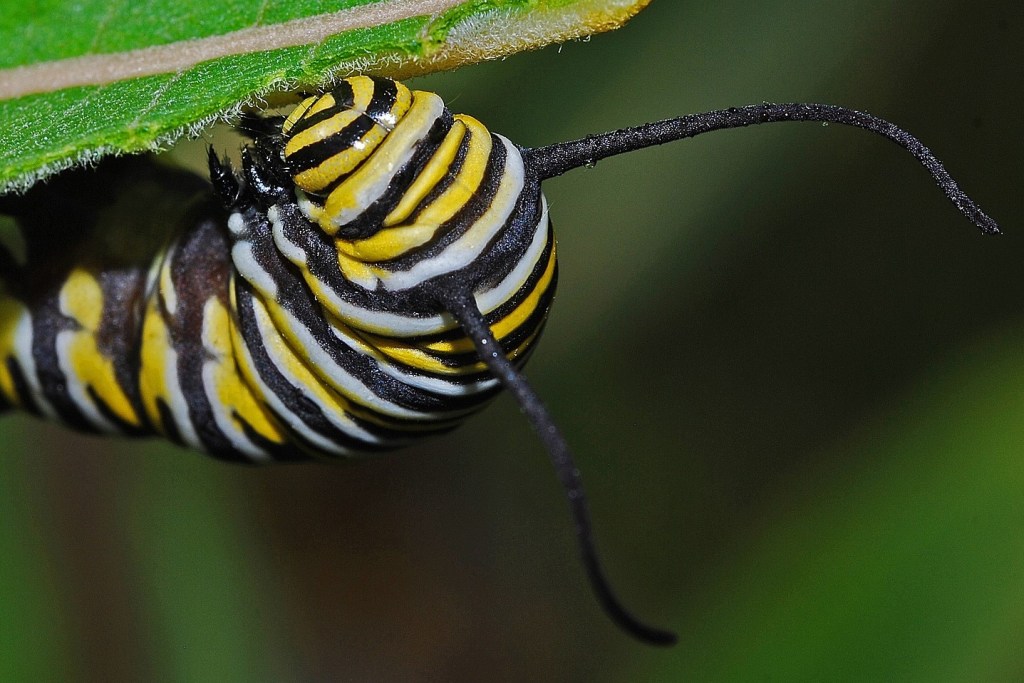
Caring for milkweed
After planting, here's how to care for your milkweed:
Step 1: Water it only when the soil is dry.
Step 2: Avoid using insecticides or pesticides.
You don’t want to hurt the monarchs or their eggs! Remember that it's important for the monarch caterpillars to eat the milkweed.
Step 3: Watch for monarchs in early to mid-spring.
Step 4: Don’t panic if your milkweed doesn’t flower at first!
Milkweed often spends the first year growing and strengthening its roots, then blooming and producing seeds during the second year.
Milkweed is an important plant, and it is, unfortunately, becoming harder and harder for monarch butterflies to find. By adding even a few common milkweed plants to your yard or garden, you could help tons of monarch butterflies safely lay their eggs. Watching monarch caterpillars turn into butterflies is amazing, and you could see it happen in your own backyard!

